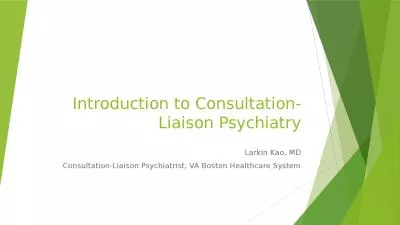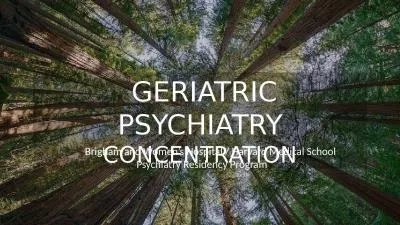PPT-Psychiatry Peer Teaching
Author : queenie | Published Date : 2022-05-18
Will Manners Ben Sharples What is in the teaching Psychiatric history and MSE Depression disorders Anxiety disorders Bipolar disorder Schizophrenia Mental Health
Presentation Embed Code
Download Presentation
Download Presentation The PPT/PDF document "Psychiatry Peer Teaching" is the property of its rightful owner. Permission is granted to download and print the materials on this website for personal, non-commercial use only, and to display it on your personal computer provided you do not modify the materials and that you retain all copyright notices contained in the materials. By downloading content from our website, you accept the terms of this agreement.
Psychiatry Peer Teaching: Transcript
Download Rules Of Document
"Psychiatry Peer Teaching"The content belongs to its owner. You may download and print it for personal use, without modification, and keep all copyright notices. By downloading, you agree to these terms.
Related Documents

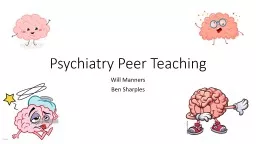
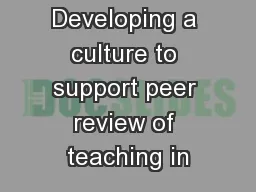
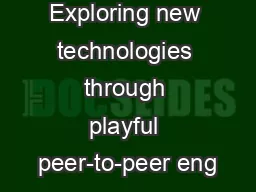
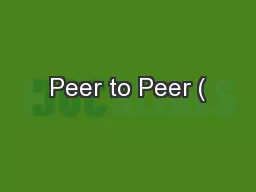
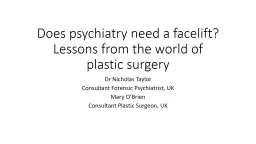
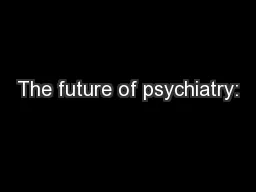
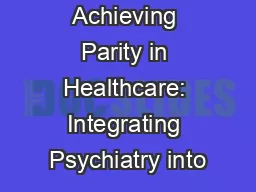
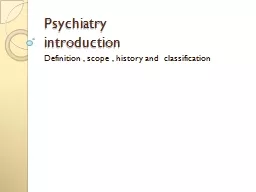
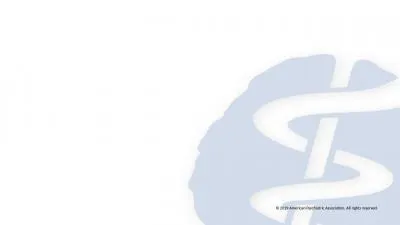
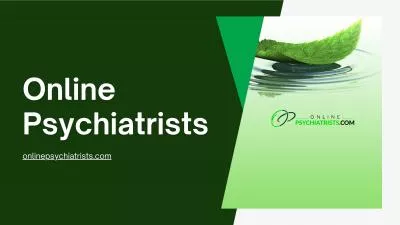
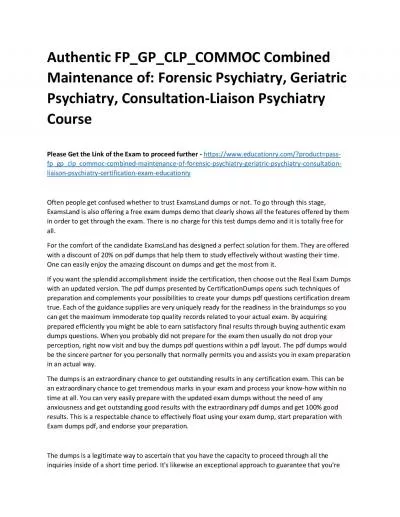
![KEEP PSYCHIATRY IN MIND [Your name]](https://thumbs.docslides.com/1012397/keep-psychiatry-in-mind-your-name.jpg)
